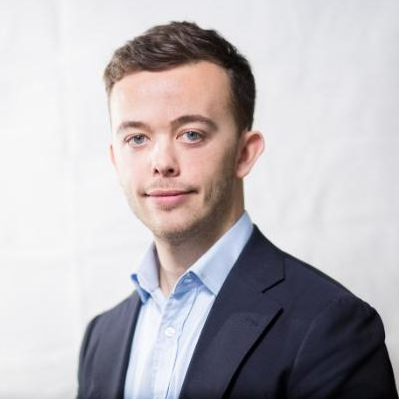It’s been an exciting year for the church, and we have experienced church staff and parishioners embrace email communication like never before… and thus, 2016 has seen the rise of the email segmentation phenomenon! A marketing dream, segmentation claims to increase recipient engagement and make your emails more effective. But what is segmentation, and why should your church do it?

Segmentation means, simply, to split up your email subscribers into groups. These groups could be based on gender, geographical location, age, behaviour-based… or anything else that you like! Every time you select a portion of your email database (rather than the whole thing) to send an email to, it’s segmentation.
Whilst it may initially feel like it makes more sense to just put everyone into one list, and make sure they get all your information and events, the data says otherwise. Approximately 40% of those who use segmented email lists experience a higher open rate (more people opened their emails), and once opened there were 60% more clicks (when a recipient clicks on something within your email). What causes this? In the digital age there is fierce competition for attention in your congregation’s inbox. Among all the clutter, people are likely to pick only the most relevant emails to give their full attention to. By segmenting your mailing list, you can send emails which are well tailored to their needs, and hence help them find your church more relevant.
Your congregation isn’t homogenous; your communication shouldn’t be either
At ChurchDesk, we believe that each church is unique and should embrace and cherish the quirks that make it different. This means that there is no one-size-fits-all strategy when it comes to communication; segment your email list in the way that suits your church.
However, that being said, segmenting by interests has had very positive results for the churches we’ve been speaking to. Your congregation will be made up of many different types of people, who all have a different idea of what they’re looking for from the church. This isn’t to say that you shouldn’t be sending some emails to everyone. Some emails will be so important that your entire mailing list should receive them. But take the time to notice the different needs of your parishioners - If you can treat them accordingly, your message will resonate much louder.
For instance, Kate is a teenager who attends your Bible Study group. She would be interested in content which you send to segments such as “Bible Study”, or a social segment such as “Concert”, but would be less likely to click on an email related to the “S.E.N.I.O.R.S Ministry” you hold. By only communicating with Kate when you have something that will interest her, you’re making sure Kate values what you’re saying and you don’t get relegated to the Trash folder.
Another example is Samantha. You just learned that Samantha is expecting twins with her husband in a few months. You’re very happy for them, and add Samantha to the “Mums and Tums” segment, alongside any other parent/children ones. This means she’ll get updates on all the goings on in your church which are relevant to her, helping keep her engaged without annoying the rest of your contact list for whom it isn’t useful.
Using segmentation like this means you are free not only to change the content of the email, depending on who you’re sending it too, but also the style. Remember, whilst slang might resonate well with teenagers, working professionals might prefer a more polite tone. Similarly, dynamic newsletters with flashy images might work with the younger generation, while senior citizens might prefer an email with less going on.
Of course, the more extensive your database (the more specific information you've gathered), the better you can communicate with your congregation. Decide what information is most important for you (and your segmentation) and ask for this in the email sign-up process (though beware, asking for too much might put them off - there’s a balance!).

How does ChurchDesk make this possible?
With ChurchDesk you are only ever a few clicks away from creating a new segment. The People application makes it easy to create segments and add your contacts based on the data you have for them. For our full guide on how to do this, please click here.
As ever, if you have any questions - or any great stories on how you managed to segment your contacts - don’t hesitate to get in contact. We love to hear from you!
If you’ve found this helpful, and would like more information on how to make your emails the best they can be, sign up for our free email course here.
